Blended fabrics: what is it and what properties do they have?
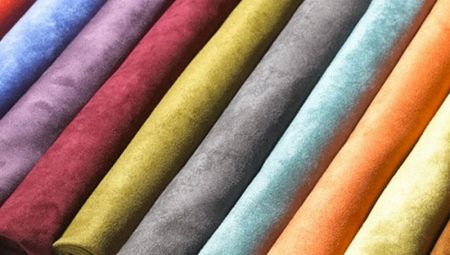
Blended fabric is a unique and practical fabric. Due to its versatile composition, it has optimal properties and a wide range of applications. The fabric is so widespread that every person in his wardrobe or textiles will definitely have a similar thing. Showing imagination, manufacturers produce various types of it, which are easily and profitably used in everyday life.
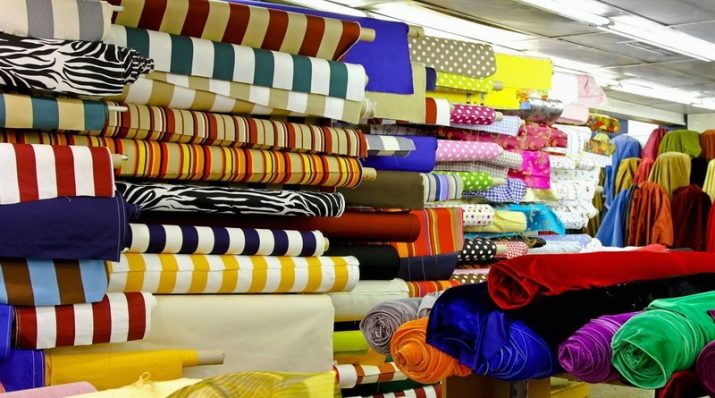
What it is?
Already in the very name of matter lies its secret. Blended fabric is a mixture of several different types of fibers. As a rule, these are natural and synthetic threads. The canvas can combine 2 types of fabrics or more. The main goal is to choose the right ratio in order to make the most of their positive qualities. The result is a fabric that exhibits maximum positive properties, and its disadvantages are reduced to the limit.
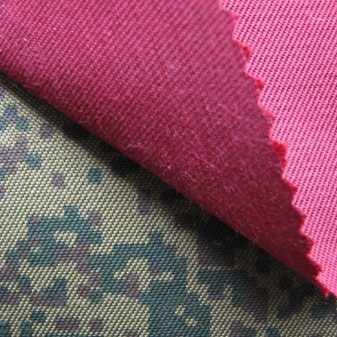
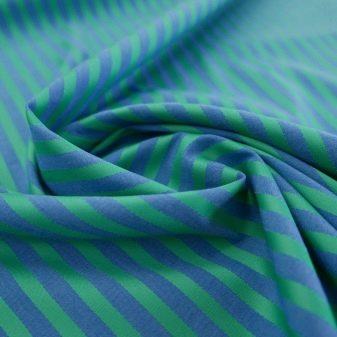
Cotton is often chosen from natural fibers for the basis of mixed fabrics. It provides fabrics with natural properties that surround the body with comfort: breathability, pleasant sensations, softness, hygiene. From artificial fibers, nylon, polyester and others are chosen, which are responsible for the practicality of the material.


The combined fabric is obtained in two ways of weaving the threads. As a result of one of them, a canvas is formed that does not have a front and a seamy side - it looks the same on both sides. This is achieved by combining different fibers into one thread during the weaving process. This produces a yarn that combines the properties of all fibers.
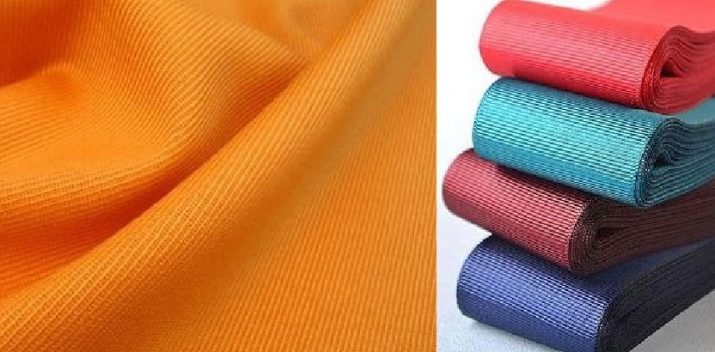
This structure allows the fabric to be impregnated with various substances, enhancing its properties.For example, a water-repellent mixture is used as an impregnation. Such matter is easier to paint over. The second method involves such an interlacing of fibers, when a synthetic thread forms the face of the fabric, and a natural one forms its inside out. This makes the fabric attractive, but deprives it of the possibility of impregnation with protective mixtures, since different-grade threads on the seamy side and front side are subjected to this process unevenly.
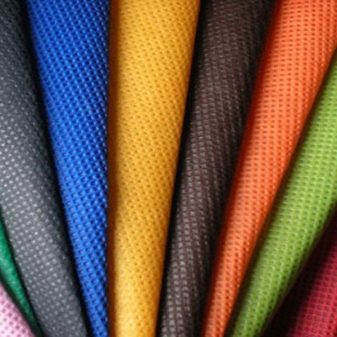

But it also matters what kind of synthetic fiber is used to form the fabric. If the fiber is formed by the same yarns, then the surface of the fabric becomes glossy. But at the same time, difficulties arise with the disclosure.
If the fibers are not uniform, then such a fabric has a matte surface. Of course, this deprives it of some gloss, but in handling it is much easier than glossy.
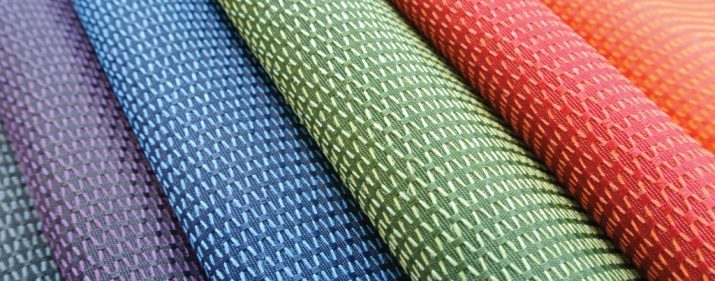
The smoothness of the fabric surface is influenced by the spinning method. Rotor spinning assumes the presence of open thread ends. Due to which the fabric takes on a rough, fluffy appearance. Such a canvas does not disintegrate. Retains mechanical friction. The ring-twist of the threads leaves no ends, making the fabric smoother and shinier.
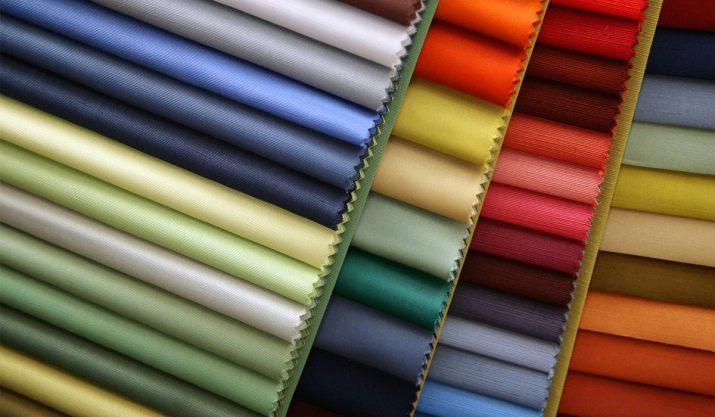
Composition and characteristics
The composition of the mixture is quite diverse, because a variety of combinations of fibers are used for its production. There are also some standards established by GOST. According to its rules, the following fiber ratios are allowed:
- 70% cotton + 30% polyester;
- 60% synthetic fibers + 40% wool.
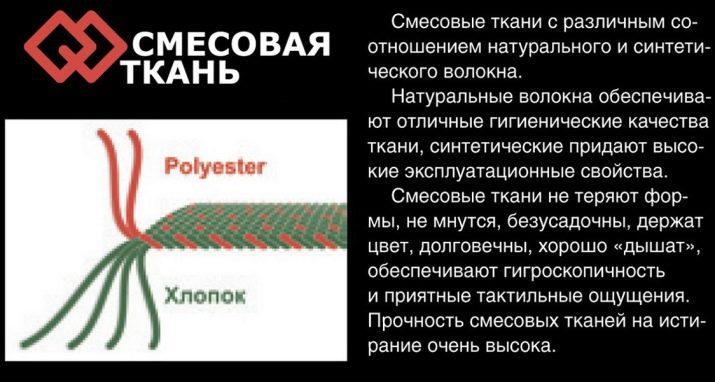
But despite the standards, the combination of synthetics and natural threads can be very diverse. Therefore, it is worth paying attention to the composition of the fabric on the label when buying it.
Mixing properties depend on what types of canvases form it. But the main characteristics inherent in such a fabric are density, strength and durability. Synthetic fibers have these properties. And they also provide the canvas with good hygroscopicity. Natural threads give fabrics hypoallergenic properties, hygiene and safety. The blended fabric finds its application in a wide variety of areas.
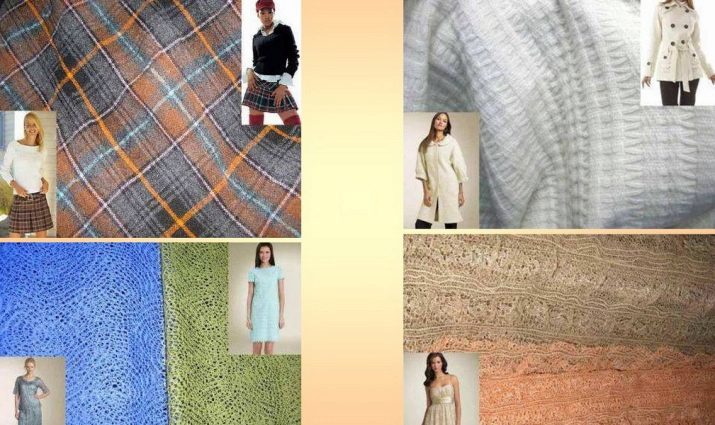
Due to its strength, breathability and naturalness, the mix is widely used for sewing workwear. If the fabric has a high content of cotton fiber, it is perfect for overalls in the aviation and gas industries. From fabrics with a predominance of synthetic threads, in particular, polyester, they sew overalls for workers in the medical, machine-building, metallurgical spheres, as well as for builders.

Mixing with refractory impregnation is relevant in fuel and energy production. The fabric with a water-repellent, wind-resistant and dirt-resistant coating is used for the production of clothes for those services whose work is associated with a long stay on the street: the police, traffic police, the Ministry of Emergency Situations, repair services. And also the combined fabric is used for sewing clothes for hunting, fishing, sports, tourism, uniforms for employees of hotel and restaurant complexes. Any area that appreciates and requires the convenience and practicality of its equipment uses a similar fabric for sewing it.
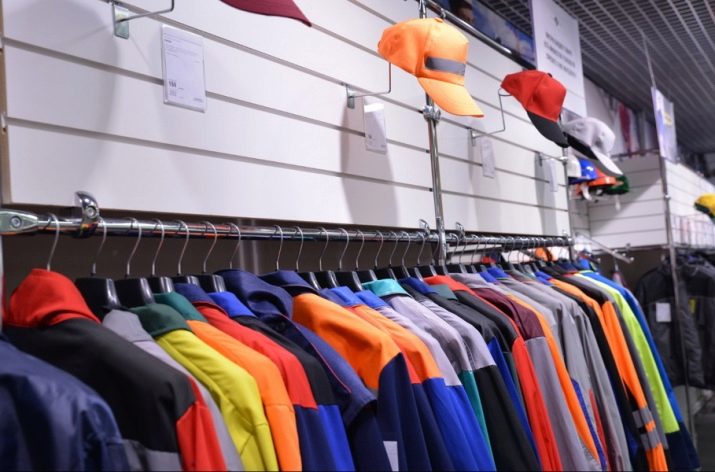
The properties of the combined fabric make it possible to produce comfortable, practical workwear from it, resistant to the action of various temperatures, moisture and pollution. And its extended color palette makes it possible to make it beautiful and attractive. Thanks to the practicality of the mixed fabric, it is perfect for everyday wear: robes, blouses, dresses, trousers, skirts, suits.
Such things turn out to be comfortable, not restricting movements, warm and comfortable. That is, they have all the qualities of clothing for everyday or home wear. Mixing is also suitable for the production of outerwear: jackets, overalls.
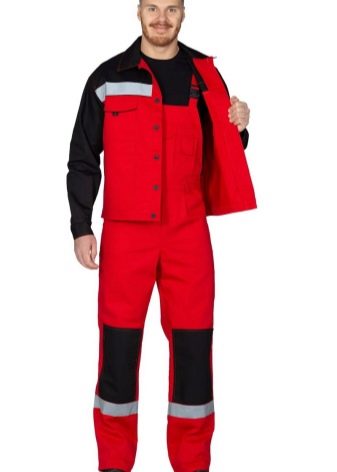
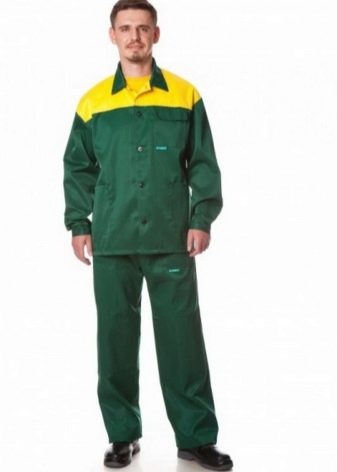
In addition to clothing, blended fabrics are used to make:
- tents;
- umbrellas;
- bags and covers for various equipment;
- car awnings;
- mountaineering equipment;

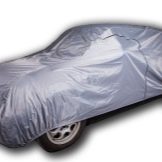
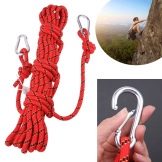
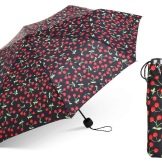
Advantages and disadvantages
With many positive qualities, blended fabric is very popular. Among its advantages, it is necessary to highlight:
- strength, durability in use;
- high performance characteristics;
- attractive appearance;
- absorbs moisture well and allows air to pass through, allowing the body to breathe;
- comfortable sensations in contact with the body;
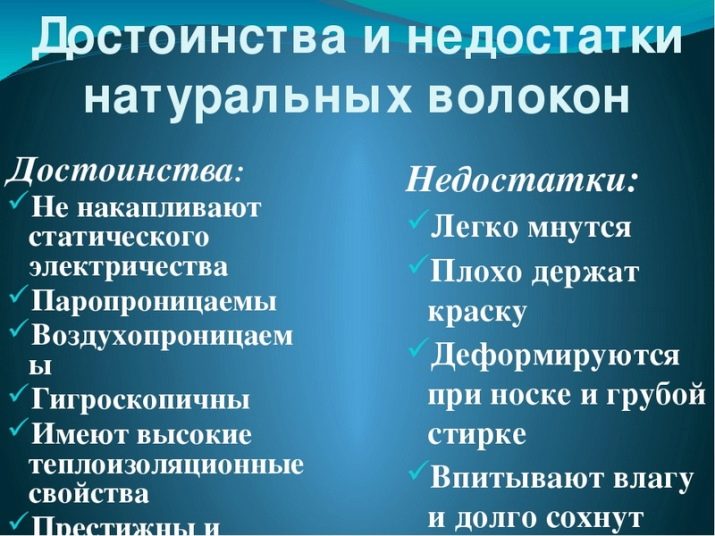
- does not sit down;
- does not wrinkle, keeps its shape well;
- does not fade and retains its original color for a long time;
- resistance to dirt, moisture, various temperatures;
- hypoallergenic;
- affordable price;
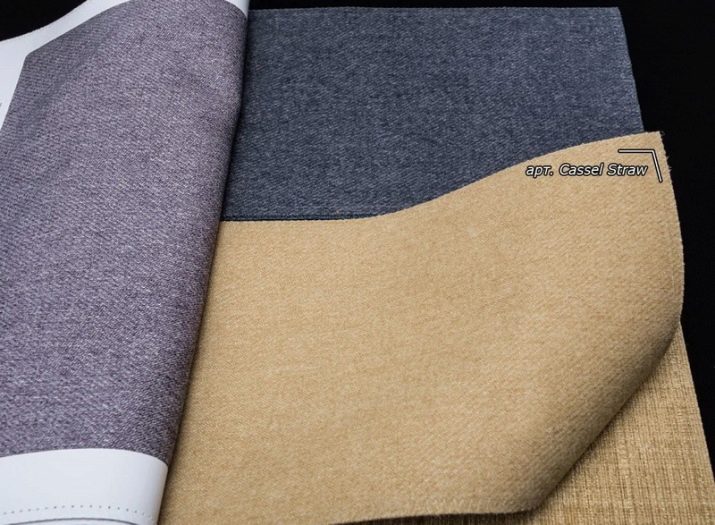
There are practically no problems with the operation of such fabric. It can be difficult to cut it, depending on the fiber structure. Some inconvenience is caused by the wrong ratio of natural and artificial threads. If the content of the former is too high, the fabric wrinkles strongly, the surplus of the latter reduces the ventilation properties of the fabric.
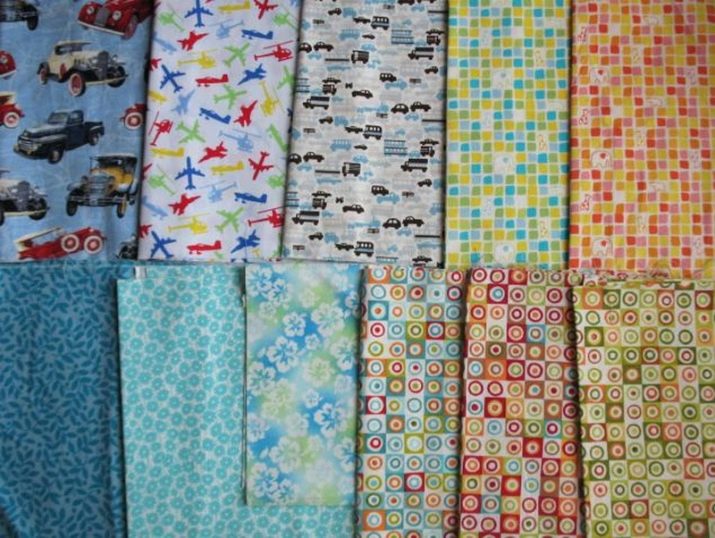
But in general, the blended fabric is practical, durable and comfortable.
Views
There is a wide variety of mix types. And this is due to all kinds of combinations of threads in its composition. Consider the most common types of blended fabrics.
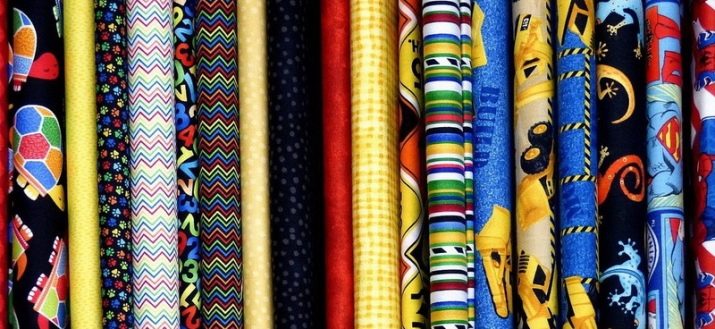
Guipure
The well-known fabric is a representative of mixing. It consists of several types of fibers: silk, viscose, cotton. Of synthetic threads, it contains polyester or lurex. There are several varieties of it, differing in the method of dressing, the materials used and, accordingly, the price. From guipure, chic evening dresses are made, used in the form of inserts for various items of clothing, for underwear. In addition, shoes, bags, curtains, tablecloths, bedspreads are decorated with guipure.
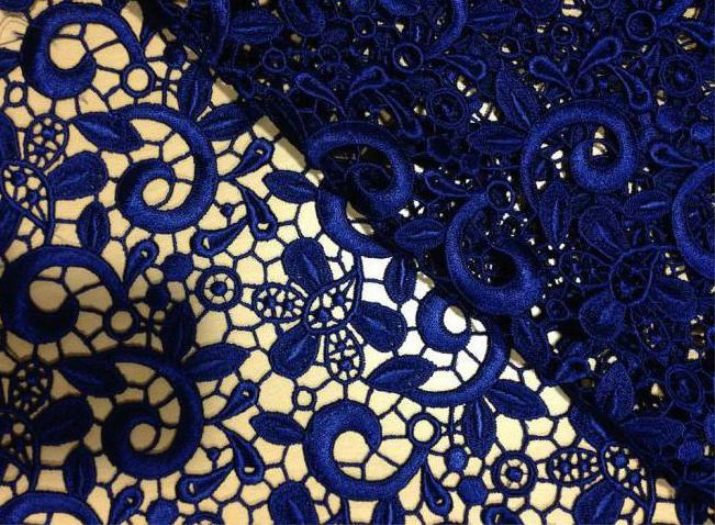
This fabric is distinguished by good air permeability, ease of maintenance, admissible elasticity. It is versatile, as it is used for all kinds of finishes and is suitable for any type of figure. It can be combined with almost any kind of fabric. The disadvantages of guipure include delicacy. It is quite thin, which makes it prone to puffs and arrows.
With defects in care, the fabric is deformed. And some of its varieties, in particular, handmade, are very expensive.
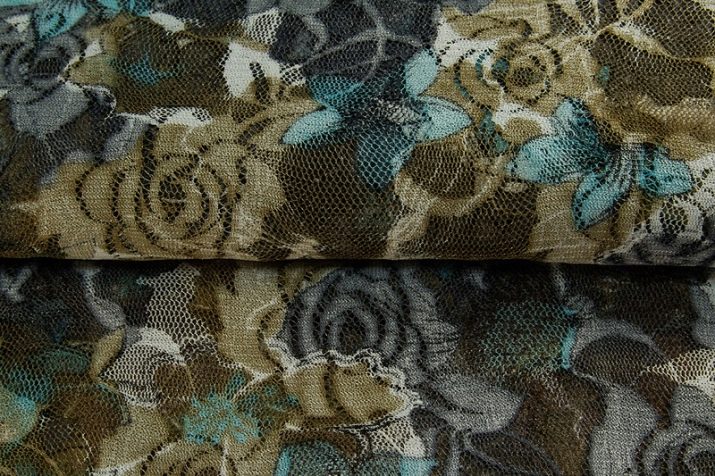
Greta
It contains 55% cotton and 45% polyester. The fabric is created by means of twill weaving. That is, there is cotton on the seamy side, which creates warmth and makes clothes pleasant to the body. Outside, a synthetic layer protects the fabric from moisture, precipitation, gives the product strength and durability. Thus, comfort from the inside and protection from the outside make it acceptable for sewing outerwear, usually as a uniform. Ease of maintenance, resistance to damage, shape retention are the impressive advantages of the canvas.
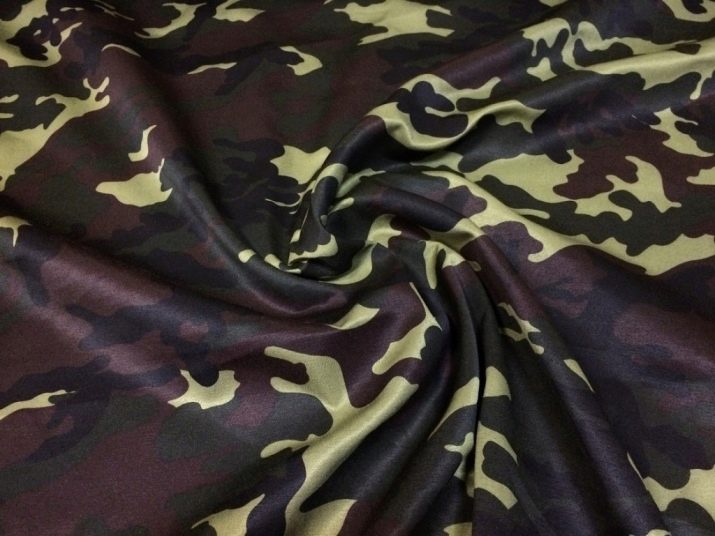
Teredo
The composition of the fabric is 67% polyester, 33% cotton. The fabric is loose, but retains its shape well, is presented in a variety of colors. The rules of caring for her are especially impressed. Teredo can withstand frequent washing at 80 ° C, and can be bleached with chlorine-containing products to maintain the color of the white fabric. For a long time it retains its original color. Overalls for medical workers, food industry workers, restaurant chains, hotel personnel are made from the material. After all, the requirement for all these types of uniforms is the same: convenience, cleanliness, which means frequent washing, as well as maintaining an impeccable look. In all respects, the fabric meets European standards.

Membrane tissues deserve special attention. On their surface, membranes are applied in the form of impregnation or coating, which protect the product from the effects of low temperature and precipitation. But at the same time, they are not hot, they allow the body to breathe. Outerwear is made from such fabrics for those whose activities involve being in harsh weather conditions: climbers, security guards, patrols, rescuers, repair services and others.
If such products become dirty, it is enough to wait until the dirt is dry and remove it with a brush or dry cloth. You do not need to iron them, but you can wash them by hand or in a typewriter.

Memori
Thick fabric, but breathable. Its surface is matte, and the fabric itself creates a feeling of comfort and coziness. The very name of the fabric is interesting. Translated from English means "memory". And it is no coincidence that they called her that. The canvas is able to memorize the outlines of the shape that is given to it. It disappears only if you smooth the surface with your hands. In the same way, you can get rid of unwanted creases and folds. But this property is preserved provided that only 30% cotton is present in the composition of the canvas. This material is used to make suits, raincoats, jackets.
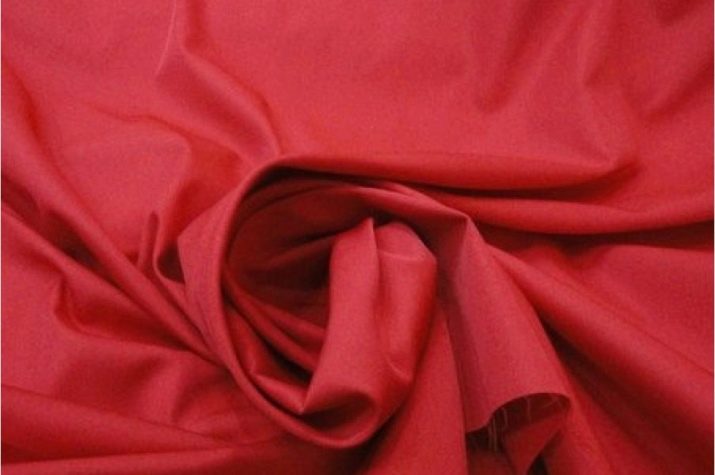
Eco leather
This is relatively new material. It is a mixture of polyurethane and cotton base. It is air permeable, withstands temperature extremes and has an attractive appearance. In addition, it is much cheaper than genuine leather. Among the disadvantages are sensitivity to chemicals and a high probability of mechanical damage. Clothes made from this material can be wiped clean. Eco-leather is used for finishing furniture. Moreover, this material is warmer and more pleasant than the skin itself. All kinds of clothes are sewn from it: trousers, skirts, dresses, jackets. And also such fabric is perfect for making accessories. It makes beautiful wallets, brooches, bags and even diplomatic briefcases.

Care Tips
The blended fabric is very easy to operate. But when buying a product from it, still pay attention to the label. There are types of fabric that, for example, cannot be washed by hand or machine. They require dry cleaning services. Or there are temperature restrictions. These features must be indicated on the labels. As for the general requirements, they are quite simple:
- wash at 40 ° C;
- hand or machine wash;
- minimum washing time;
- do not use bleaches, conditioners, although some fabrics can withstand the effects of such substances, which, again, you can find out by looking at the label;
- it is worth ironing things as needed, not every fabric needs it;
- ironing is performed at a temperature of 120-180 °.
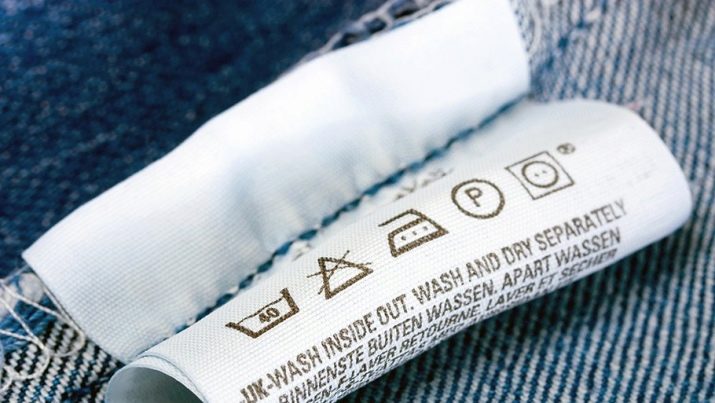
Blended fabric is a versatile fabric used for the production of clothing and many accessories. It has a maximum of advantages and a minimum of disadvantages, which makes it one of the most popular materials in any field.
For information on how to choose a blended fabric for workwear, see the next video.








